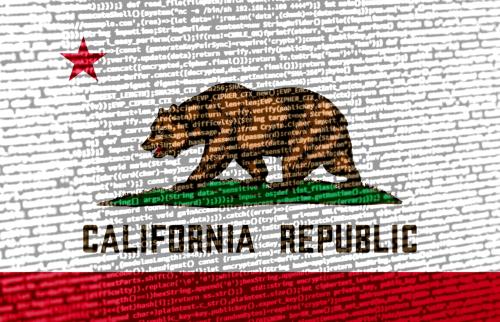I get excited when I see new research on how information technology (IT) leaders can lead innovation efforts in the public sector. After all, technology has immense potential to transform how we design public policy, structure our public institutions, and deliver public services. My own research has pointed out that public agencies need to build a capacity for “intrapreneurship,” or establishing a public-sector culture that rewards disruption from within. In addition, over the last five years, I have worked with public sector IT leaders across all levels of government to harness the potential of technology-enabled intrapreneurship.
A report by the Partnership for Public Service noted that close to 90% of government employees seek out ways to innovate to improve their jobs, the processes they interact with, and the systems around them. However, the report also notes that “only 32.7 percent believe creativity and innovation are rewarded in their organization and just 54.1 percent feel encouraged to come up with new ways to do their work, responses that should serve as a wake-up call to government leaders.”
In A Playbook for CIO-Enabled Innovation in the Federal Government, Gregory S. Dawson and James S. Denford, two past contributors to TechTank, eloquently capture salient findings, challenges, and opportunities for chief information officers (CIOs) to increase their success with IT-enabled intrapreneurship. The report is chock-full of interesting vignettes from the Peace Corps to the FCC. While Dawson and Denford point out a myriad of problems with creating innovation in the public sector, they also see numerous positive factors that show innovation can thrive in the public sector. However, creating a process by which innovation can occur requires the endorsement of the agency director and the active involvement of the CIO.
I offer several additional recommendations. First, CIOs position their units and systems as platforms that promote intrapreneurship. The concept of IT as a living laboratory is relevant here. The IT canvas should be one that enables and incentivizes employees across the organization to bring together their ideas, problems, solutions, tools, and prototypes. Like a laboratory, these ingredients need to be experimented with in a rigorous manner in order to build out solutions that can be scaled up within an organization.
Second, CIOs can run competitions to promote intrapreneurship. There are numerous competition models, from those that award actual cash prizes and anyone can participate to those that only give recognition awards and are restricted to organizations (see a report on Challenge.gov). Based on my experience, CIOs are best served by running competitions that have the following characteristics:
- Recognition prizes are provided
Financial resources are too scarce to give out cash prizes. More importantly, it sets a bad precedent that innovation is not part of one’s day job.
- Cross-functional teams that have IT representation
It is important that CIOs enable teams to work on challenges with members of the IT staff. IT representation will allow the important data, systems, and other tech issues to be considered early on in development rather than at the end, thereby increasing the likelihood of arriving at a viable solution that satisfies the needs of the organization.
-
Metrics on competitions be captured, analyzed, and communicated widely across the agency
In the early days of running competitions, metrics will aid in the analysis of engagement and will encourage necessary tweaks to broaden participation. In later stages, metrics can be used creatively to calculate the value of human capital invested in innovation, and connect this to overall organizational indices such as employee growth and retention.
Third, given that innovation occurs in an ecosystem, CIOs should work on embedding themselves within that ecosystem. They should be seen as a hub and work diligently to promote themselves as alliance builders, which will allow CIOs to focus their energy and attention on understanding the various moving parts in an ecosystem. CIOs should view innovative IT projects from an ecosystem perspective and should play an active role in guiding the ecosystem going forward.
CIO-enabled intrapreneurship is not restricted to the federal level or to the United States. CIOs working at the state and local levels are also focused on innovation, and lessons learned across levels of government should be shared to elevate the practice of technology-enabled intrapreneurship. In leading cities around the world, CIOs are taking an active role in driving innovations from working on designing intelligent urban infrastructure to tackling tough social challenges like homelessness and recidivism.
The Brookings Institution is committed to quality, independence, and impact.
We are supported by a diverse array of funders. In line with our values and policies, each Brookings publication represents the sole views of its author(s).




Commentary
CIO-enabled innovation playbook: Lessons for the public sector
December 23, 2015